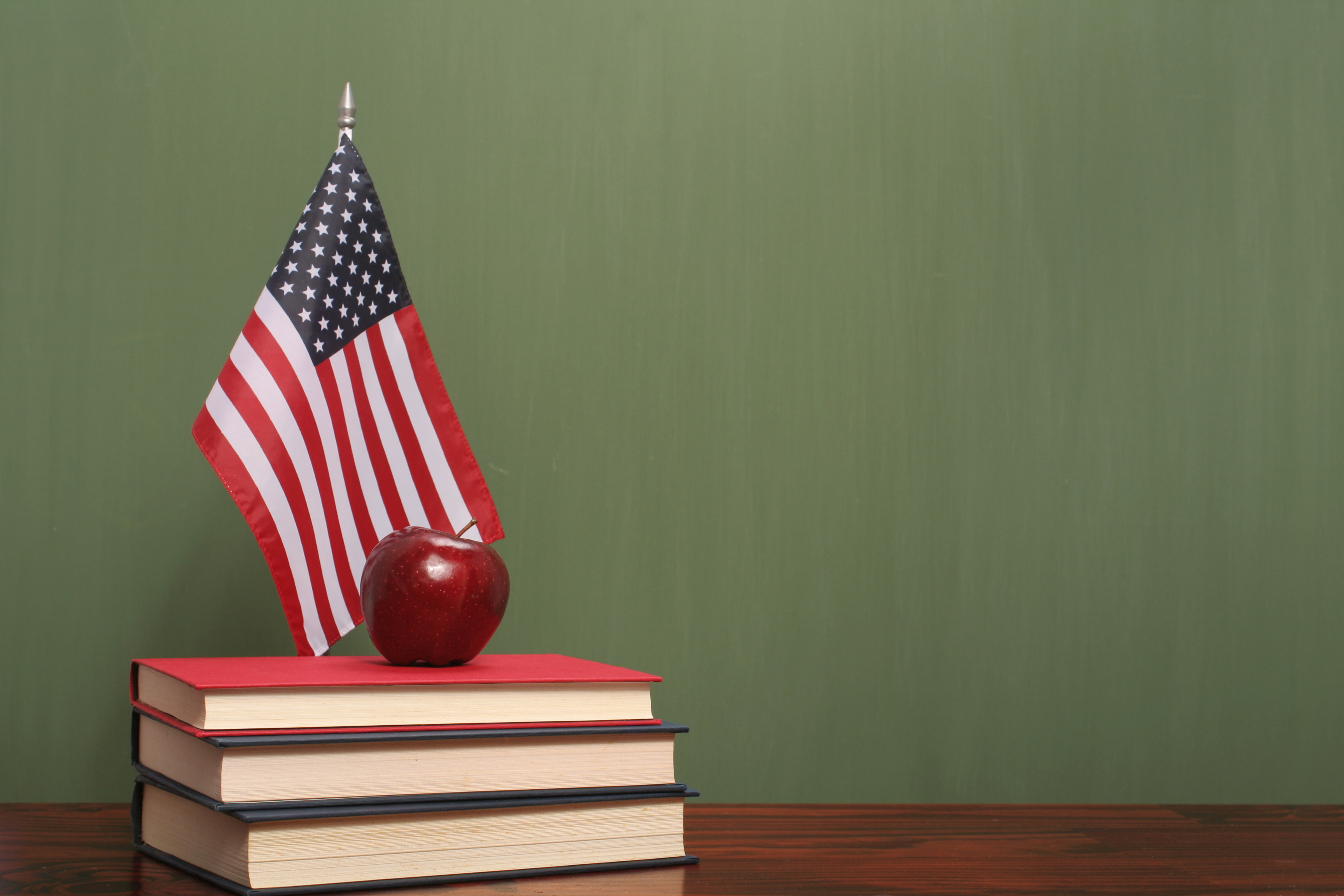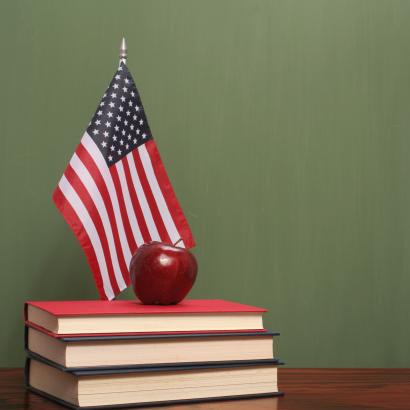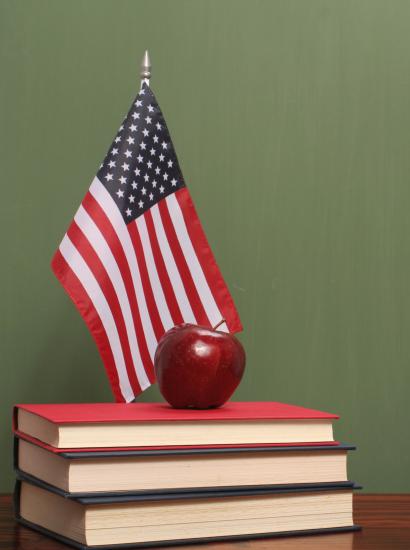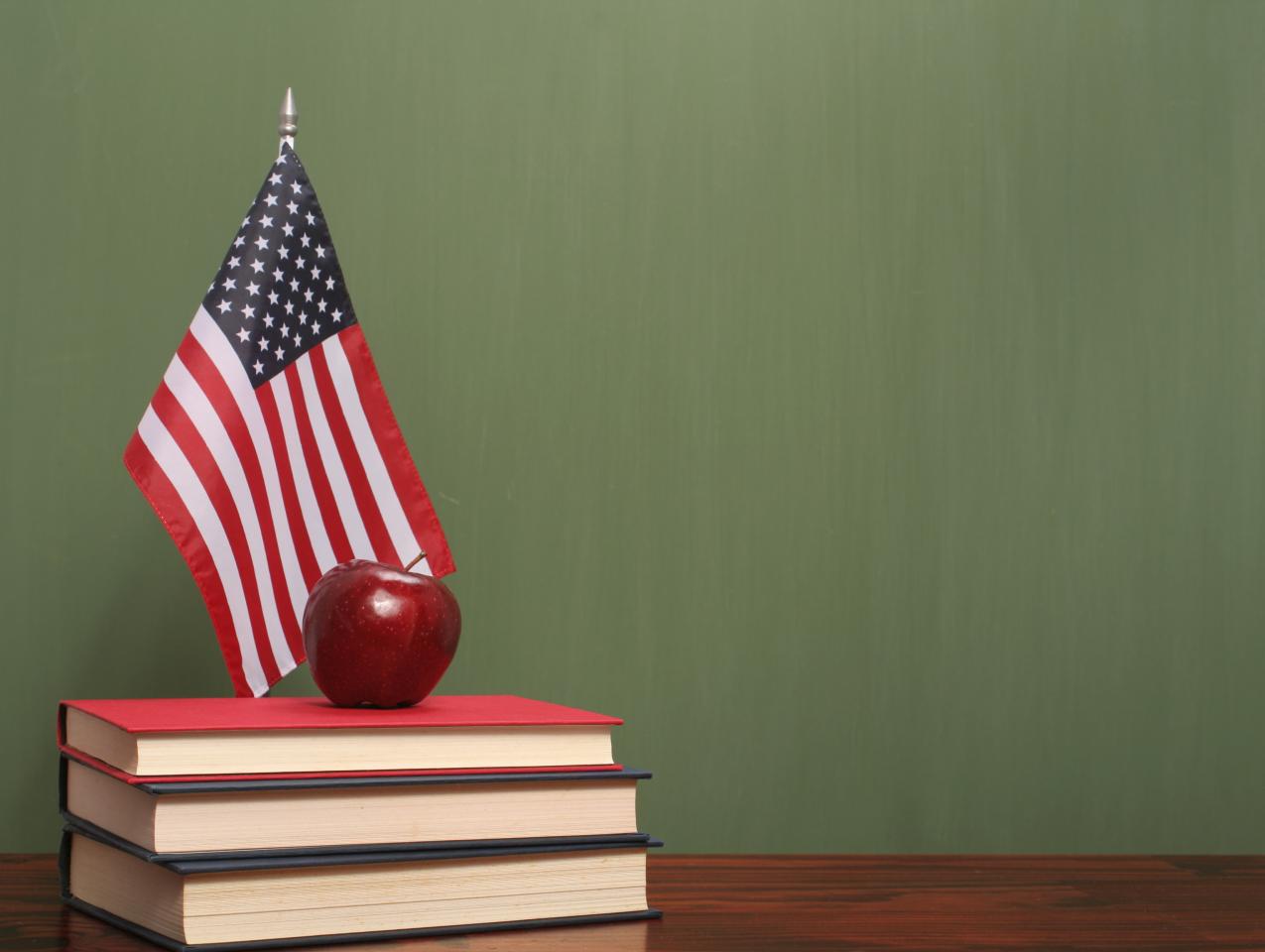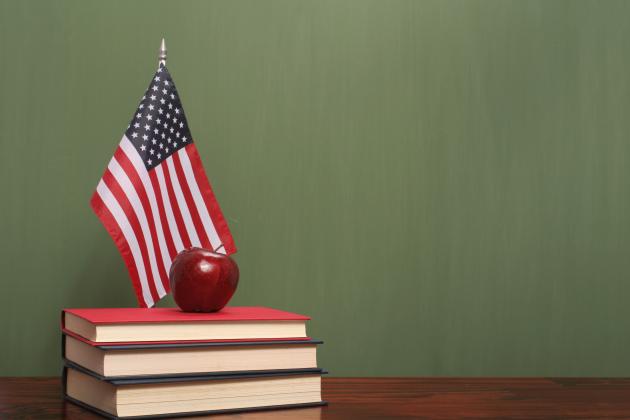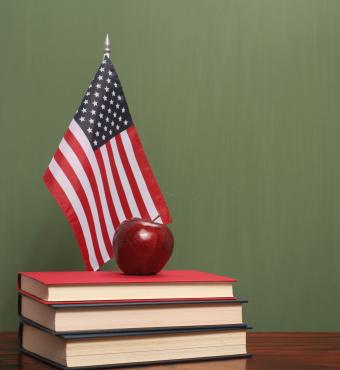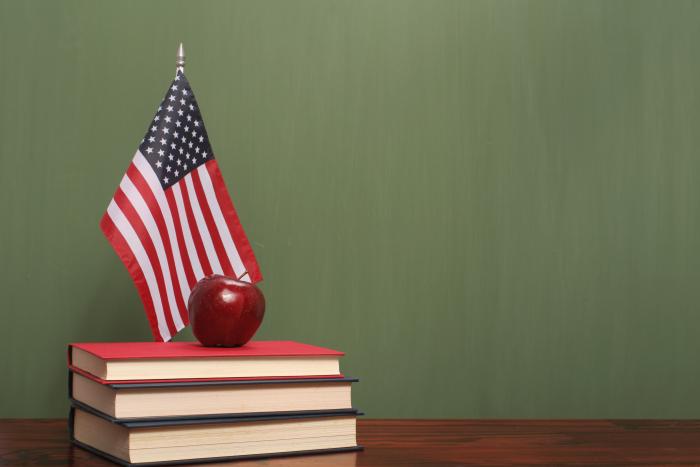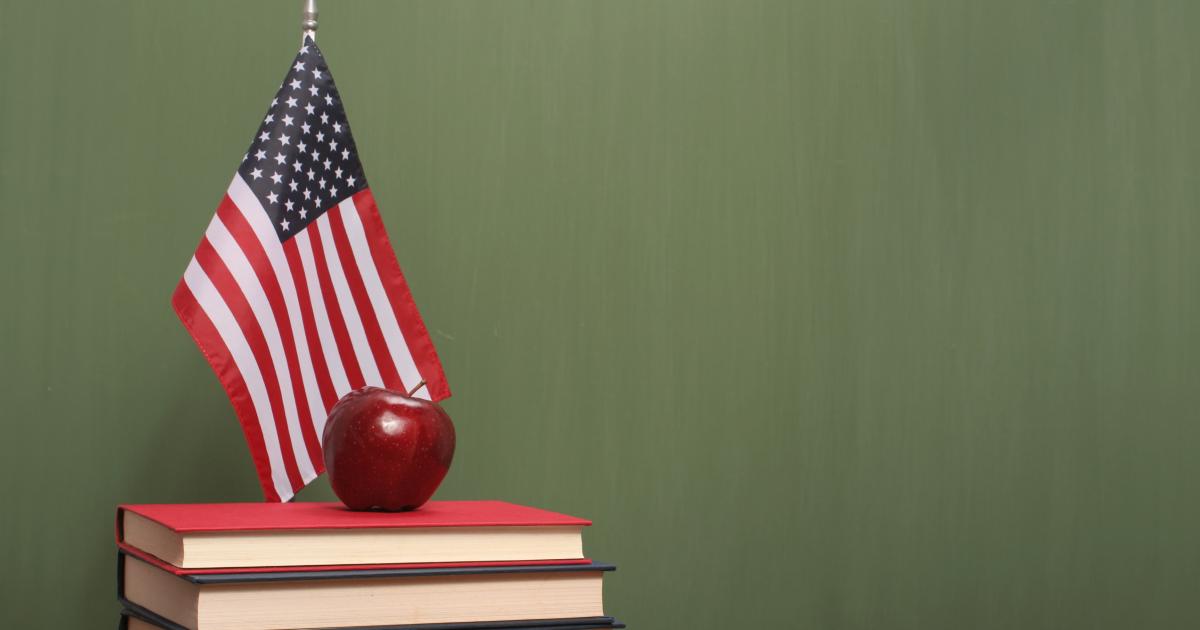- Federalism
- Political Philosophy
- Revitalizing American Institutions
Paul E. Peterson, a senior fellow at the Hoover Institution, is a member of the Hoover Education Success Initiative and the Hoover Working Group on Civics and American Citizenship. His research interests include federalism, social capital, and charter schools. Here he talks about federalism, the intersection of federalism and public education, and the passage of President Trump’s “One Big Beautiful Bill.”
Chris Herhalt: A common theme of many posts in your blog, The Modern Federalist, is the suggestion that the federal government is doing too much to shield states from the consequences of overspending and waste.
Paul E. Peterson: The states and localities are responsible for as much spending on the domestic side as the federal government. It’s not as if we have a great big federal government and a small state and local system. We have two systems that are roughly equal in size.
Now, it’s true that the federal government is responsible for military matters, national defense, and international relations. But if you just focus on the domestic side of government’s responsibilities, the states play as large a role as the federal government. The national government’s main job is Social Security, Medicare, and Medicaid, the big entitlement programs; everything else is primarily a state and local responsibility. That includes schools, highways, sanitation collection, police and fire.
Chris Herhalt: You do a lot of work on education, such as the Education Exchange podcast. How does your work studying K–12 education inform your views on federalism?
Paul E. Peterson: That’s a beautiful example of what I was just talking about. Ninety percent of the funding for schools comes from state and local governments—almost half of it comes from school districts and half from the state. That even split is the national average, but it varies a lot. In California, more of the education dollar comes from the state. In Massachusetts, it mostly comes from the local government.
The federal government puts a little money into special education for those who have disabilities, and it puts a little bit of money in for those who require compensatory education. Other than that, the federal fiscal responsibility is very small.
President Trump has said that he’s not going to fund education, and he may reduce these expenditures. Congress has yet to act on the matter. But whatever is decided will not change the big picture, simply because federal dollars are a small percentage of the total.
Chris Herhalt: On The Modern Federalist, you suggest, after Elon Musk announced his intention to form the America Party, that many people have forgotten the country’s most important election: the one in 1860, when Abraham Lincoln was elected as a Republican, a party that had existed for only four years. In the four years before that election, many Whigs, including Lincoln himself, shifted to the new Republican Party. It’s not clear that circumstances today are such that the country will abandon the old established parties in favor of a new one. Why did you discuss Lincoln’s role in the formation of the Republican Party?
Paul E. Peterson: Musk claimed to be the first to create a new political party that would replace an existing party. Amazingly enough, the president of the United States agreed that something like this had never happened. After both Trump and Musk agreed about something that’s clearly false, I figured the media would correct them. But no, the Wall Street Journal says that’s right, this has never happened before. And the New York Times echoes that analysis. So, I thought we should remind our readers and listeners that Lincoln had been elected president by a brand-new party that he had helped to create.
How did it happen? Basically, the Whig party collapsed. Are there any lessons to be learned from that? I think the main one is how stable the governmental system is today and how difficult it’s going to be to form a successful third party. It’s not impossible, but I am not sure Alexandria Ocasio-Cortez or someone like her would be able to accomplish that task. And I don’t think moderate Republicans and Democrats could find themselves in enough agreement to form a third party. I am confident Musk is not the person who could build a third party, and I am not even sure he really wants to do that.
The key message I try to convey in my Substack, The Modern Federalist, is that the federal system in the United States is an incredibly stable form of government. When you look at the system as a whole, and not just one part of it, such as the executive branch in Washington, DC, you notice how the many parts fit together to sustain the overall system. Even when the conversation in Washington takes on a hysterical tone, the quiet workings of basic institutions continue to serve the fundamental needs of American citizens.
We saw that with the passage of Trump’s One Big Beautiful Bill: in the end that bill doesn’t change things very much. It keeps intact the tax cuts enacted ten years ago, and it keeps the spending levels about where they were before the expansion during COVID. So, there’s hardly a massive change on either the tax or the expenditure side.
The media have magnified small changes to make them appear larger than they are. That is a good strategy for attracting eyeballs to the television screen, but it can be highly misleading.
Democrats played a larger role in the writing of the One Big Beautiful Bill than the media suggest. The bill is not exactly what President Trump wanted. It’s not exactly what the House Republican leadership or the Senate Republican leadership wanted, either. If the Republicans had had ten or twenty more seats in the House and a few more in the Senate, they would have written a much different bill. So, we have to understand that this bill was shaped by both the Democrats and the Republicans in Congress. That explains why the new law does very little that is different from what has been done in the immediate past.
Chris Herhalt: In other entries on your Substack, you mention that after the White House changes hands, it’s very hard for that party to retain control of at least the House. In the more than twenty scenarios you examined, that party almost invariably lost the House two years later. And you’re saying we should get ready for this to happen again.
Paul E. Peterson: A lot of people are predicting that if the president does this or doesn’t do this, he’s going to lose control of the House of Representatives. In my view, he will lose control no matter what he decides to do. He would have to be a miracle worker to pull off an election victory!
He has only a three-vote margin right now. And historically, the party that controls the presidency will lose about twenty-seven seats, on average, in an off-year election. That’s basically a slam dunk for Democrats.
Could it happen that Trump could win this thing? I suppose, but everything would have to break his way, and that usually doesn’t happen.
Chris Herhalt: Moving to school closures, there’s a lot of research from both Hoover and elsewhere that indicates that the blue states, which had the longest school closures during the pandemic, have had worse educational outcomes than students in the red states. There’s also work here at Hoover about how the closures affected attendance. But a central tenet of the US system meant every state was allowed to decide how long or short their closure was going to be. Is that a problem? Is there a solution? Or is that just the price to be paid for having a federal system?
Paul E. Peterson: Well, you learn from the variety of decisions that were made. We learned from the fact that the red states opened up their schools much more quickly than the blue states. And if you look at which states lost learning, where the students’ test scores fell most dramatically, it was the blue states. Even though the blue states are historically pro-education states, the learning loss was greater in those states than in the Southern states, where historically students attended segregated schools and performed at lower levels. That has begun to change in the twenty-first century.
Chris Herhalt: Would it have been better if some central authority had said to the blue states, “School closures have been going on too long”?
Paul E. Peterson: I don’t think central authorities work too well. I think that in the United States, if we had left it up to the central government, most schools would have been closed for an even longer period.
I think, in fact, that the federal system saved us from our fantasies. At the time, many thought COVID spread mainly through the schools and that there would be no educational costs to school closures. Others disagreed. As a result, we got a lot of variety in the decisions states and school districts made. We are now learning from the many different decisions that were made.







